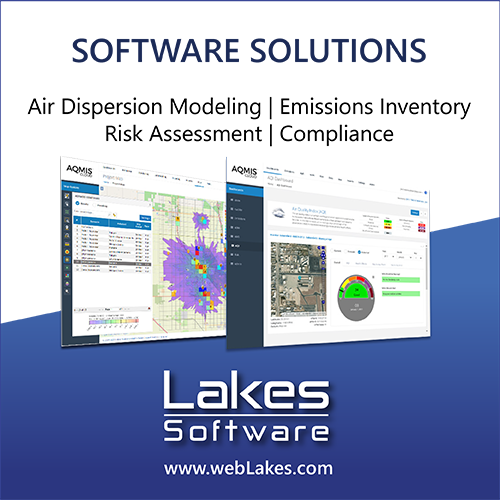Modeling tropospheric ozone and particulate matter in Tunis, Tunisia using generalized additive model
DOI:
https://doi.org/10.17159/caj/2021/31/2.8880Keywords:
Air pollution, Particulate Matter, Tropospheric Ozone, GAM, meteorology, trafficAbstract
The main purpose of this paper is to analyze the sensitivity of tropospheric ozone and particulate matter concentrations to changes in local scale meteorology with the aid of meteorological variables (wind speed, wind direction, relative humidity, solar radiation and temperature) and intensity of traffic using hourly concentration of NOX, which are measured in three different locations in Tunis, (i.e. Gazela, Mannouba and Bab Aliwa). In order to quantify the impact of meteorological conditions and precursor concentrations on air pollution, a general model was developed where the logarithm of the hourly concentrations of O3 and PM10 were modeled as a sum of non-linear functions using the framework of Generalized Additive Models (GAMs). Partial effects of each predictor are presented. We obtain a good fit with R² = 85% for the response variable O3 at Bab Aliwa station. Results show the aggregate impact of meteorological variables in the models explained 29% of the variance in PM10 and 41% in O3. This indicates that local meteorological condition is an active driver of air quality in Tunis. The time variables (hour of the day, day of the week and month) also have an effect. This is especially true for the time variable “month” that contributes significantly to the description of the study area.
Downloads
Downloads
Published
Issue
Section
License
Copyright (c) 2021 Zouhour Hammouda

This work is licensed under a Creative Commons Attribution 4.0 International License.

All articles are published under a Creative Commons Attribution 4.0 International License; copyright is retained by the authors. Readers are welcome to reproduce, share and adapt the content without permission provided the source is attributed.








.png)